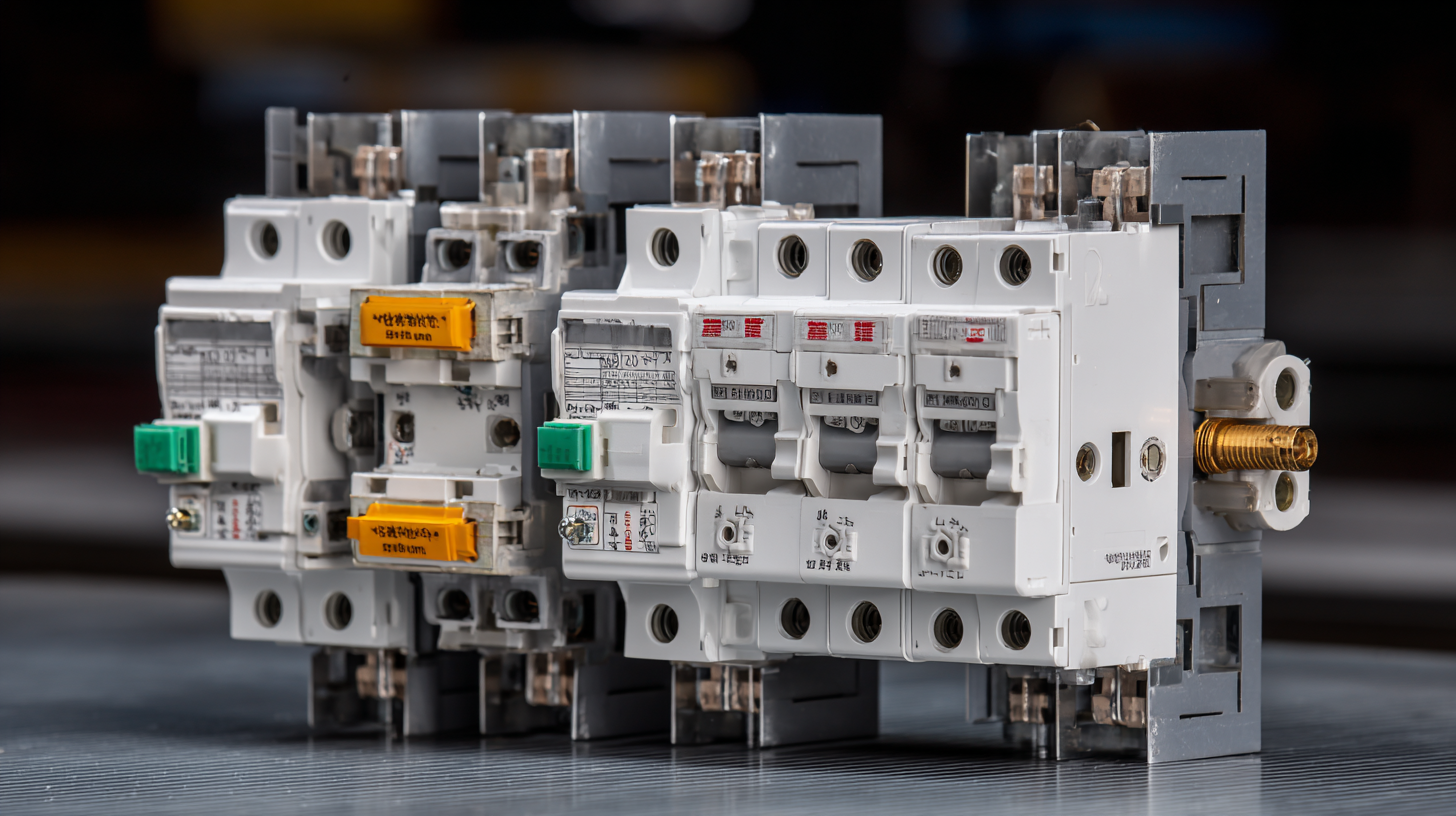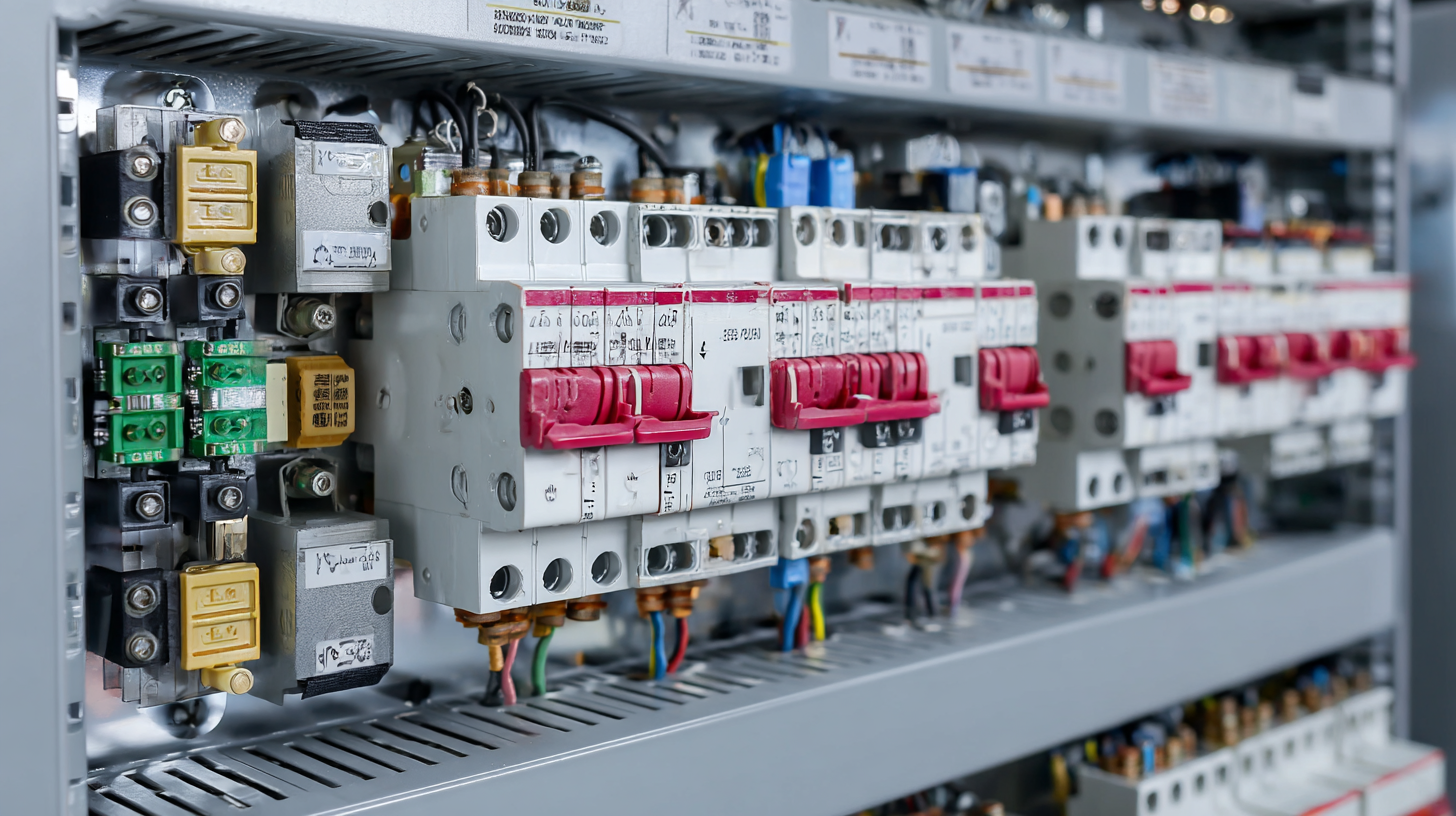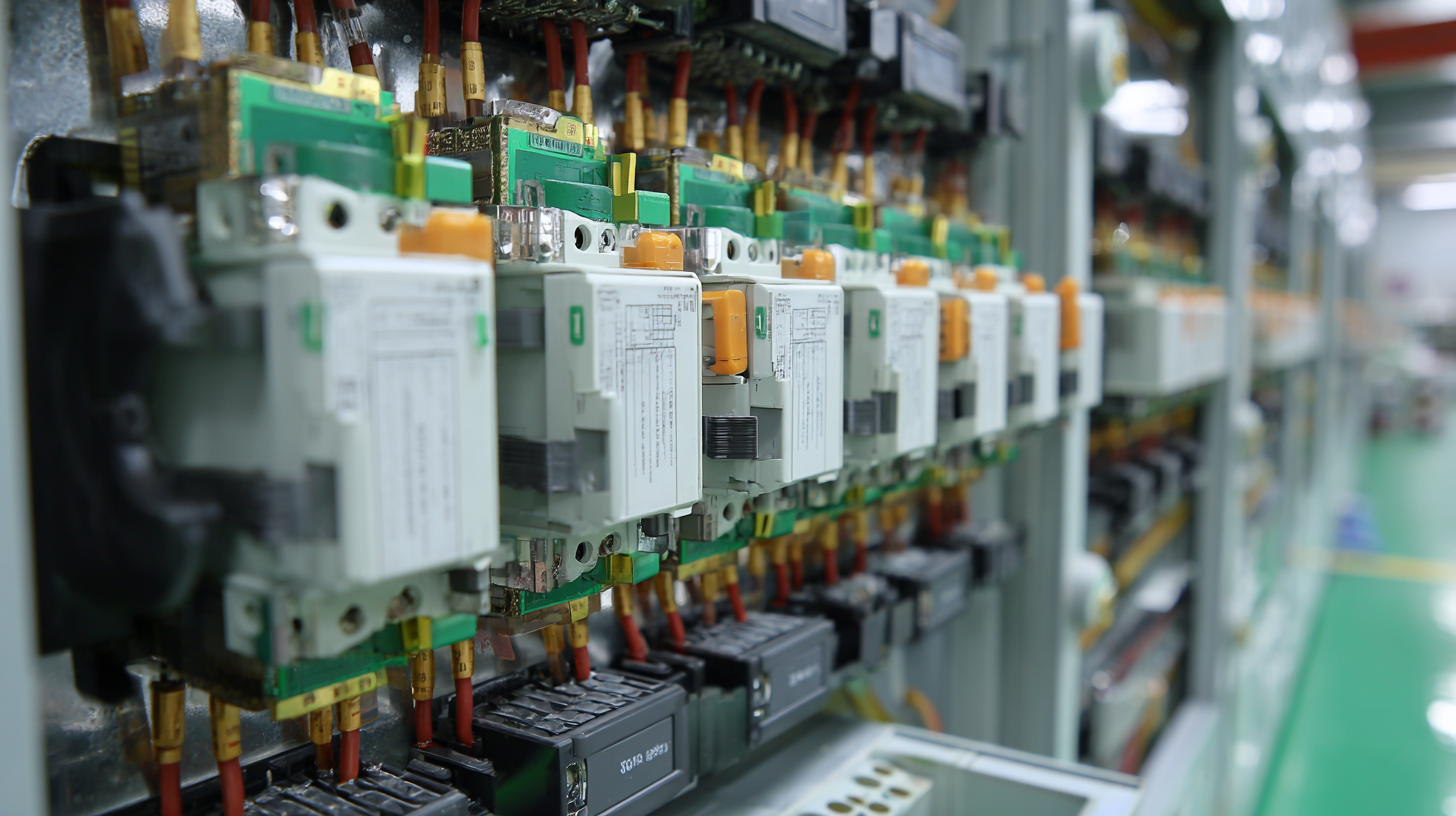How to Ensure Import Export Certification for the Best Vacuum Circuit Breaker
In the world of electrical infrastructure, ensuring the reliability and safety of components is paramount, and Vacuum Circuit Breakers (VCBs) stand out as a crucial element in this equation. These innovative devices are designed to efficiently interrupt electrical circuits under both normal and fault conditions, playing a vital role in protecting equipment and enhancing operational safety.
 However, obtaining the necessary import-export certification for these sophisticated devices can be a daunting task for manufacturers and suppliers. This ultimate guide aims to demystify the certification process specifically for Vacuum Circuit Breakers, outlining essential steps, regulatory requirements, and best practices to navigate the complexities of international trade in electrical products. Whether you are a seasoned exporter or just entering the field, this guide will equip you with the knowledge and resources needed to ensure that your VCBs meet the highest international standards, paving the way for successful market entry and business growth.
However, obtaining the necessary import-export certification for these sophisticated devices can be a daunting task for manufacturers and suppliers. This ultimate guide aims to demystify the certification process specifically for Vacuum Circuit Breakers, outlining essential steps, regulatory requirements, and best practices to navigate the complexities of international trade in electrical products. Whether you are a seasoned exporter or just entering the field, this guide will equip you with the knowledge and resources needed to ensure that your VCBs meet the highest international standards, paving the way for successful market entry and business growth.
售后服务的重要性在真空断路器中的应用
After-sales service plays a crucial role in the performance and reliability of vacuum circuit breakers. As the industry increasingly relies on advanced technologies, companies that prioritize robust service support create a significant competitive edge. For instance, the recent development of a fully automated smart factory reflects the importance of efficient processes and support systems in modern electrical equipment manufacturing. By ensuring that after-sales service is integrated within the production environment, companies can enhance their operational efficiency while improving customer satisfaction.
Moreover, the intense competition in the high and low voltage switchgear sector emphasizes the need for reliable after-sales service. Companies must not only focus on the quality of their vacuum circuit breakers but also on the continued support and maintenance they provide post-sale. Effective after-sales service can lead to long-term relationships with customers, boosting brand loyalty and ensuring repeat business. By investing in after-sales service, organizations can differentiate themselves in a crowded marketplace, fostering trust and establishing a reputation for excellence within the industry.
How to Ensure Import Export Certification for the Best Vacuum Circuit Breaker - 售后服务的重要性在真空断路器中的应用
| Dimension | Data |
|---|---|
| Certification Authority | International Electrotechnical Commission (IEC) |
| Certification Types | ISO 9001, IEC 62271 |
| Testing Frequency | Annually |
| Average Response Time for Service | 24 hours |
| Technical Support Availability | 24/7 |
| Warranty Period | 5 years |
| Common Issues | Contact wear, Insulation failure |
| Maintenance Schedule | Every 3 years |
如何评估真空断路器的维修成本
When evaluating the maintenance costs of vacuum circuit breakers (VCBs), several factors come into play that can significantly impact overall expenditure. According to a report from Industry Research, the average annual maintenance cost for VCBs ranges from 2% to 5% of the initial purchase price, based on the complexity and usage of the system. This variance emphasizes the importance of proper assessment and planning in managing these costs effectively.
Furthermore, the reliability and longevity of vacuum circuit breakers play a crucial role in reducing maintenance frequency and associated costs. A study published by the Electric Power Research Institute highlights that VCBs have a failure rate of only 0.5% per year, significantly lower than traditional air-insulated circuit breakers. This reliability not only safeguards operational continuity but also minimizes unexpected repair expenses, demonstrating how investing in high-quality VCBs can lead to substantial savings over their lifecycle. Properly understanding these metrics can empower organizations to make informed decisions when selecting and maintaining their circuit breakers.

提高售后服务质量以增强客户满意度
Enhancing the quality of after-sales service is crucial for increasing customer satisfaction in the competitive market of vacuum circuit breakers. According to a recent industry report by MarketsandMarkets, companies that invest in high-quality after-sales support see a 20-30% increase in customer retention rates. This statistic highlights the importance of not only delivering a superior product but also providing ongoing assistance that meets customer needs.
One key strategy for improving after-sales service is to implement a robust training program for service personnel. Skilled technicians who can quickly diagnose and resolve issues can significantly elevate the customer experience. Additionally, regular follow-ups after service visits can create a sense of commitment and ensure that customers feel valued.
Tips: Always gather customer feedback post-service to identify areas for improvement. Consider setting up a dedicated helpline for after-sales inquiries, which can enhance response times and efficiency. Lastly, maintaining an inventory of spare parts can decrease downtime for customers, thereby boosting their satisfaction with your service.
选择适合的供应商以降低维护费用
When it comes to ensuring import-export certification for the best vacuum circuit breakers, selecting the right supplier plays a crucial role in minimizing maintenance costs. A well-chosen supplier not only provides certified products but also offers reliable support and service. It can significantly reduce downtime, leading to improved operational efficiency and cost savings. Companies should look for suppliers with a strong reputation, proven track record, and expertise in vacuum circuit breakers, as these factors directly contribute to lower long-term maintenance expenses.

Additionally, optimizing the supply chain is essential for companies aiming to enhance operational performance and customer satisfaction. By prioritizing supply chain optimization, businesses can streamline their processes, ensuring timely delivery and reducing excess inventory. This efficiency translates into cost reductions and improved service levels. In today's competitive market, it is vital for suppliers to understand these dynamics and adapt their strategies accordingly. This proactive approach not only aids in cost management but also fosters stronger relationships within the industry, paving the way for sustainable growth.
优化维修流程以提升效率和减少停机时间
In today's fast-paced manufacturing landscape, optimizing maintenance processes is crucial for enhancing efficiency and minimizing downtime. With the increasing adoption of technologies like the Internet of Things (IoT), companies are able to implement predictive maintenance strategies that drastically improve operational reliability. By integrating advanced sensors, organizations can monitor equipment performance in real-time, allowing for proactive interventions before potential failures occur.
The global manufacturing sector is witnessing a significant shift towards automation as businesses recognize the value of efficient operations. As highlighted by the growing market for predictive maintenance sensors, facilities are investing in solutions that ensure seamless workflow and sustained productivity. By focusing on these innovative maintenance practices, companies not only enhance their operational capabilities but also align themselves with emerging trends that favor increased automation and smarter resource management.
